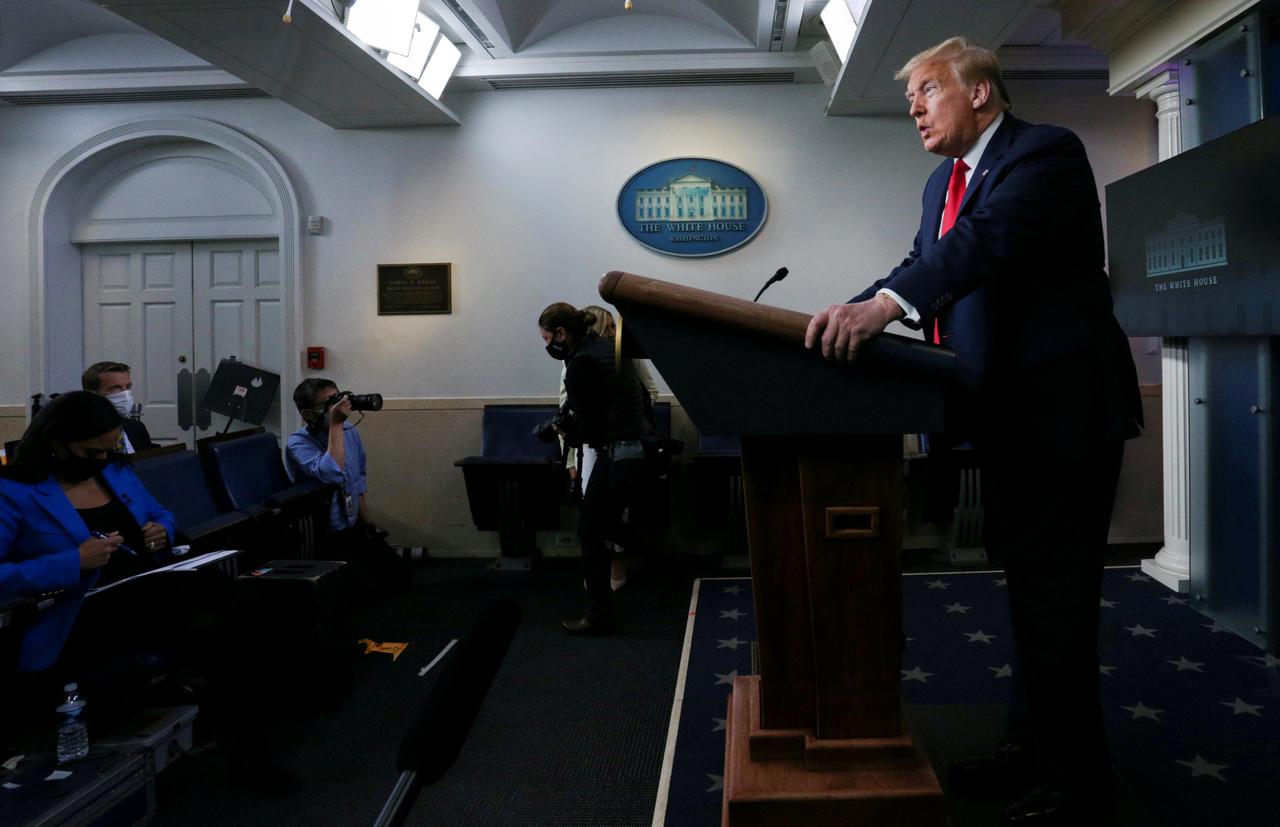Trump administration discussed conducting first U.S. nuclear test in decades

The Trump administration has discussed whether to conduct the first U.S. nuclear test explosion since 1992 in a move that would have far-reaching consequences for relations with other nuclear powers and reverse a decades-long moratorium on such actions, said a senior administration official and two former officials familiar with the deliberations.
The matter came up at a meeting of senior officials representing the top national security agencies May 15, following accusations from administration officials that Russia and China are conducting low-yield nuclear tests — an assertion that has not been substantiated by publicly available evidence and that both countries have denied.
A senior administration official, who like others spoke on the condition of anonymity to describe the sensitive nuclear discussions, said that demonstrating to Moscow and Beijing that the United States could “rapid test” could prove useful from a negotiating standpoint as Washington seeks a trilateral deal to regulate the arsenals of the biggest nuclear powers.
The meeting did not conclude with any agreement to conduct a test, but a senior administration official said the proposal is “very much an ongoing conversation.” Another person familiar with the meeting, however, said a decision was ultimately made to take other measures in response to threats posed by Russia and China and avoid a resumption of testing.
The National Security Council declined to comment.
During the meeting, serious disagreements emerged over the idea, in particular from the National Nuclear Security Administration, according to two people familiar with the discussions. The NNSA, an agency that ensures the safety of the nation’s stockpile of nuclear weapons, didn’t respond to a request for comment.
The United States has not conducted a nuclear test explosion since September 1992, and nuclear nonproliferation advocates warned that doing so now could have destabilizing consequences.
“It would be an invitation for other nuclear-armed countries to follow suit,” said Daryl Kimball, executive director of the Arms Control Association. “It would be the starting gun to an unprecedented nuclear arms race. You would also disrupt the negotiations with North Korean leader Kim Jong Un, who may no longer feel compelled to honor his moratorium on nuclear testing.”
The United States remains the only country to have deployed a nuclear weapon during wartime, but since 1945 at least eight countries have collectively conducted about 2,000 nuclear tests, of which more than 1,000 were carried out by the United States.
The environmental and health-related consequences of nuclear testing moved the process underground, eventually leading to a near-global moratorium on testing in this century with the exception of North Korea. Concerns about the dangers of testing prompted more than 184 nations to sign the Comprehensive Nuclear-Test-Ban Treaty, an agreement that will not enter into force until ratified by eight key states, including the United States.
President Barack Obama supported the ratification of the CTBT in 2009 but never realized his goal. The Trump administration said it would not seek ratification in its 2018 Nuclear Posture Review.
Still, the major nuclear powers abide by its core prohibition on testing. But the United States in recent months has alleged that Russia and China have violated the “zero yield” standard with extremely low-yield or underground tests, not the type of many-kiloton yield tests with mushroom clouds associated with the Cold War. Russia and China deny the allegation.
Since establishing a moratorium on testing in the early 1990s, the United States has ensured that its nuclear weapons are ready to be deployed by conducting what are known as subcritical tests — blasts that do not produce a nuclear chain reaction but can test components of a weapon.